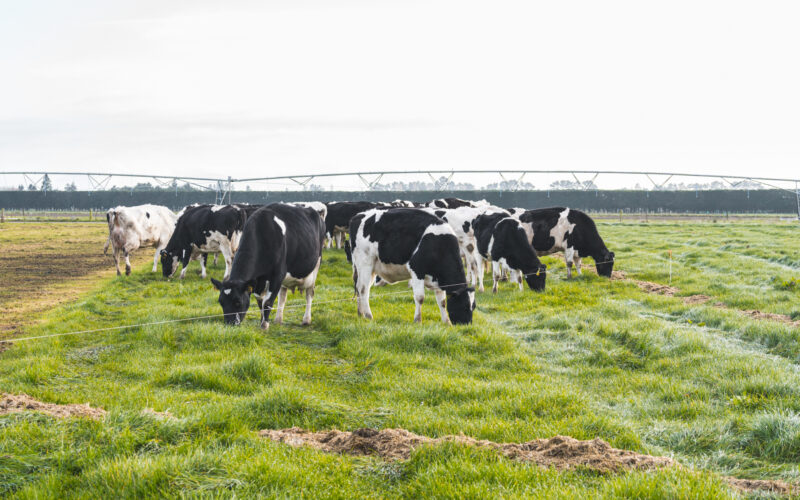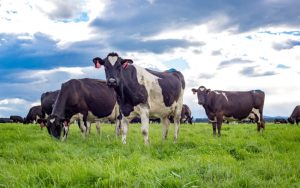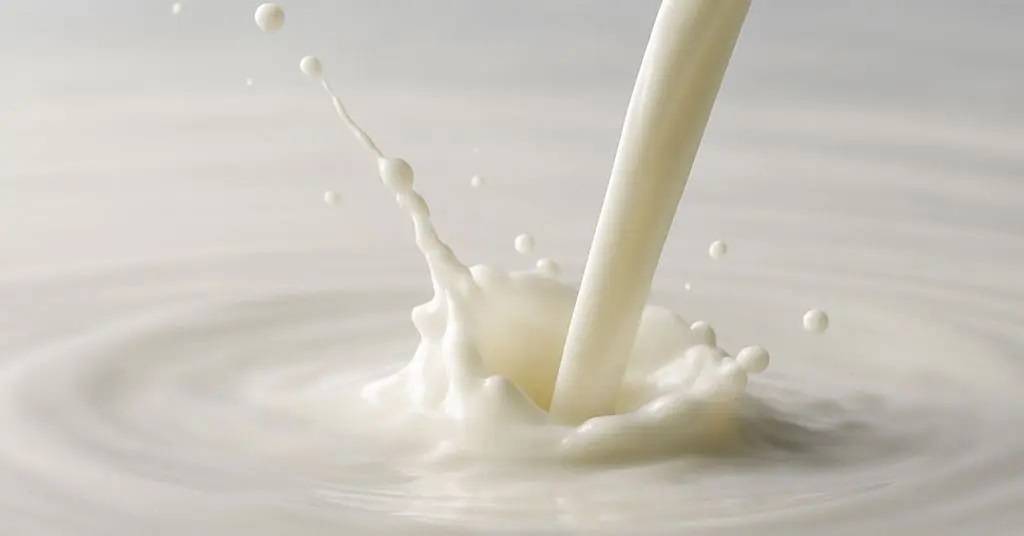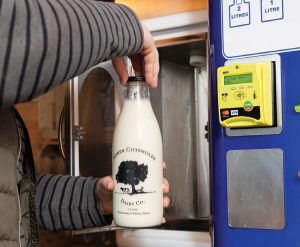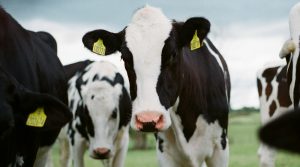
A well-managed negative DCAD transition diet allows the cow to enter lactation better equipped to handle the challenges of early milk production and reproduction.
Transition is one of the most metabolically demanding phases of a dairy cow’s life.
Her system is under pressure as she prepares to calve, produce milk, and adjust to significant changes in her diet. How well she copes during this time depends largely on whether her mineral balance supports these metabolic shifts.
One of the most effective tools to support this is feeding a negative dietary cation-anion difference (DCAD) diet in the lead-up to calving.
DCAD refers to the balance between positively charged ions (mainly sodium and potassium) and negatively charged ions (mainly chloride and sulphur) in the diet.
High DCAD diets, typical of lush spring pasture, tend to make the cow’s blood slightly alkaline. This is a problem during the transition period because it blunts the hormonal signals that release calcium from bone and absorb it from the gut.
A negative DCAD diet lowers blood pH slightly, which triggers the cow’s natural calcium regulation systems. This allows her to respond rapidly to the sharp increase in calcium demand when lactation begins.
Without switching to this during transition, cows are at far greater risk of milk fever, both clinical and subclinical. Subclinical cases are especially common during the transition period and can easily go unnoticed, yet they’re linked to retained placenta, reduced uterine tone, mastitis, lower feed intake and poor reproductive performance.
Transition cows need to mobilise calcium fast. Feeding a negative DCAD diet during the final three weeks of the dry period helps kickstart the body’s calcium mobilisation systems ahead of calving. It stimulates the release of parathyroid hormone and improves calcium absorption from the rumen.
Magnesium is an essential support mineral during this process. It’s needed for the enzymes involved in calcium regulation, and it must be included in the transition diet at effective levels. Combining magnesium with suitable chloride and sulphur sources helps create the required acidifying effect in the rumen and bloodstream.
Throwing in a handful of anionic salts won’t do the job. Transition cows need a well-balanced, targeted negative DCAD formulation that achieves a measurable shift in metabolic response, without knocking feed intake or causing acidosis.
It’s also essential that the transition mineral mix is evenly distributed in the ration. Inconsistent feeding leads to inconsistent responses, which limits the benefit of supplementation.
Supporting cows through transition with a negative DCAD mineral programme delivers wider benefits and is about more than just preventing milk fever: reduced clinical and subclinical milk fever; higher post-calving dry matter intake; fewer retained placentas; better immunity and lower mastitis risk; and stronger reproductive performance.
These benefits all lead to less time and money spent on treatment, and better performance early in lactation.
Transitioning well sets up a successful season. Transition is short, but its impact is long lasting. Once a cow calves, it becomes much harder to correct a mineral imbalance or reverse a metabolic issue. That’s why pre-calving mineral strategies matter, especially in pasture-based systems where potassium levels are often high.
A well-managed negative DCAD transition diet allows the cow to enter lactation stronger, healthier and better equipped to handle the challenges of early milk production and reproduction.
By Chris Balemi, founder and managing director of Agvance Nutrition
You can now read the most important #news on #eDairyNews #Whatsapp channels!!!
🇺🇸 eDairy News INGLÊS: https://whatsapp.com/channel/0029VaKsjzGDTkJyIN6hcP1K
